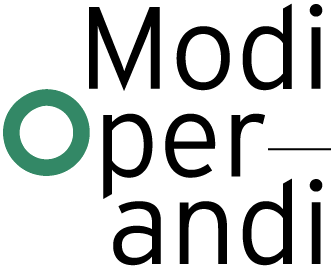LIVING INFRASTRUCTURE
‘Infrastructures are matter that enable the movement of other matter.’ [9]
The border fluxes become a consequence of broad political, economic, and social bonds that leave no other choice for the local population than to engage with – what is often unjustly called from the external perspective of a Western observer – the ‘grey economy.’ However, if we ignore the dichotomy of legal/illegal, we may discover that such distinction only distracts our attention from the essential conclusion: smuggling is what creates the Balochistan economy along with its actual job market or, in other words, what gives life to the region’s existence, by being its invisible infrastructure.
Within contemporary architectural discourse, infrastructure has been theorized mainly in the context of economic development. It has been established as a material, visible artifact of capitalism with its main obsession of continuous economic growth. Therefore, infrastructure has always been going in pair with technological progress. However, what distinguishes infrastructure from technology is, as Brian Larkin argues, the fact that infrastructures ‘are objects that create the grounds on which other objects operate, and when they do so, they operate as systems.’[10]
In such an understanding of infrastructure, the Balochi smugglers and the rest of the engaged agents can be perceived as a biological means of commodity flux. Being highly mobile, intelligent, flexible, and relatively resistant to extreme conditions, the smugglers create a human living infrastructure that enables the movement of commodities, which, in consequence, enables survival in the region.
This unveils an interesting intellectual shift from quasi-dehumanization/objectification (smugglers becoming infrastructure) back to animation (infrastructure delivering economic bloodstream animates the region on both sides of the border). In this regard, the border, as an in-between zone, becomes a vehicle of transition, turning the individual separate actors into communitarian living infrastructure.
The living infrastructure in Balochistan is based mainly on social relations between agents of a different nature. Informal markets are able to operate thanks to special relationships and a game of interests between different actors. Thus, it resembles social infrastructure, also called archipelago economy, close to what AbdouMaliq Simone verbalized as ‘infrastructure of people’.[11] The notion of social infrastructure refers to the whole set of intertwined, constant, and fluid social relations that propel a mobile system. In the case of Balochistan, it is understood as a web of socio-spatial connections that enables smugglers to seamlessly tackle various barriers, including the most important one: the national frontier.
